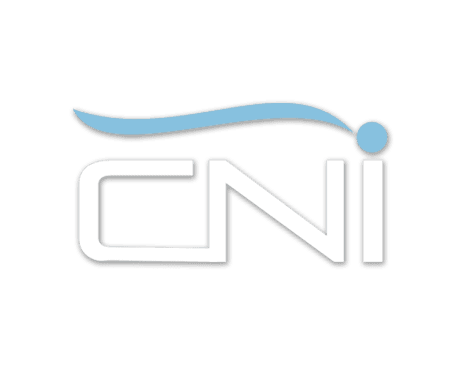Scoliosis
Treatments & Surgery
California Neurosurgergical Institute
Encino CA, Valencia CA, Bakersfield CA.


Having an abnormal curvature in your spine called scoliosis doesn’t always result in pain and disability, but for many people, it can.
If you or your child has scoliosis, the expert board-certified team at California Neurosurgical Institute can help with advanced spine straightening surgery.
You could benefit from the world-class skills of the neurosurgeons at California Neurosurgical Institute if you live in or near Bakersfield, Encino, or Valencia, California.
Call your nearest office today to schedule a consultation or book an appointment online.
Scoliosis Q & A
What is scoliosis?
If you have scoliosis, it means your spine has a sideways curvature rather than following a vertical line from your head to your pelvis. It’s a condition that typically comes to light when children are around the age of 10.
There are three types of scoliosis:
Congenital scoliosis
Congenital scoliosis means the condition develops before you’re born.
Neuromuscular scoliosis
Neuromuscular scoliosis develops if you have a spinal cord injury or a condition like cerebral palsy or muscular dystrophy.
Idiopathic scoliosis
Idiopathic means there’s no known cause for the condition. Around 85% of scoliosis patients have idiopathic scoliosis.
Parents often worry that scoliosis develops because their child slouches, meaning they could have prevented it. In reality, slouching doesn’t cause scoliosis, and there’s nothing you can do to prevent the condition from affecting your child.
Is scoliosis a serious condition?
Scoliosis isn’t a life-threatening problem in itself. The degree of curvature in your spine influences how much your scoliosis affects your life. Some people find their scoliosis affects them very little, and they’re able to take part in physical activities and lead a normal, healthy life.
If the degree of curvature is more severe, you might find that you get backaches and scoliosis affects your ability to move in certain ways.
In some cases, the spinal curvature can be so severe it causes your spine to press on your heart or lungs, which could cause potentially serious cardiac or respiratory conditions.
What treatments are there for scoliosis?
If your scoliosis isn’t causing any adverse effects, you might not need treatment. However, if you’re experiencing limited movement and chronic pain as a result of scoliosis, then the team at California Neurosurgical Institute can create a personalized treatment program for you to relieve pain and improve function.
Bracing could help alleviate pain and stiffness if you have a milder curvature below 45 degrees. If your child has scoliosis and their spinal curvature is more than 45 degrees, surgery might be advisable.
In adults, a curvature of 50 degrees or more indicates surgery as a treatment, particularly if you also have nerve dysfunction or complications like incontinence.
How does spinal surgery help with scoliosis?
Spinal surgery can straighten scoliosis curvature somewhat, but it can’t cure your condition. Your surgeon at California Neurosurgical Institute measures the flexibility of your spine using X-rays to assess how far it’s possible to straighten your spine before you undergo surgery.
There are several forms of surgery for scoliosis:
Spinal fusion with instrumentation and bone grafting
This surgery involves using rods to straighten your spine and then fusing the vertebrae to prevent them from curving again.
Adding a bone graft makes the fused area stronger. Your surgeon at California Neurosurgical Institute can take one of two approaches to spinal fusion surgery.
The posterior approach involves performing the surgery through your back, while the anterior approach involves making an incision in your side, deflating a lung, and removing a rib. Your surgeon can discuss which method would be best in your case.
Decompressive laminectomy
Laminectomy involves removing the laminae at the top of a vertebra to make more room for your nerves. The vertebrae can be fused and screws or rods used to stabilize your spine. Your surgeon might use this procedure when you have spinal stenosis as well as scoliosis.
Vertebral column resection
Vertebral column resection involves taking out parts of your spine, which could include:
- Vertebrae
- Laminae
- Transverse processes
- Ribs
Your surgeon can perform a vertebral column resection from the back (posterior approach) or both front and back (combined posterior and anterior approach).
Wherever possible, the team at California Neurosurgical Institute uses minimally invasive surgical techniques. These require much smaller incisions and cause less tissue damage.
Recovery is faster and pain and scarring reduced. However, it’s not always possible to perform scoliosis surgery using minimally invasive techniques.
